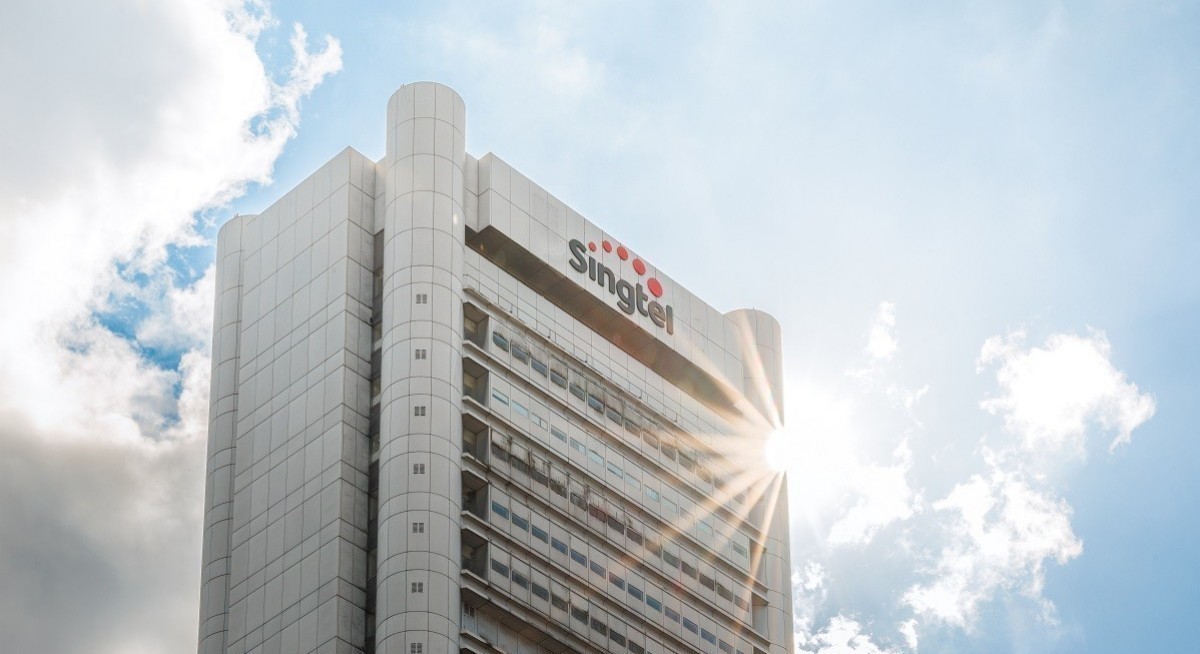“Cloud, digitalisation and AI are transformative trends reshaping industries, businesses and the way we live and work,” writes Singtel group CEO Yuen Kuan Moon in the company’s latest annual report. “Recognising these growth opportunities, we carved out NCS and Nxera as key growth engines in digital services and digital infrastructure. We set a target to increase NCS and Nxera’s ebitda contributions to the group from 12% in FY2023 to 20% by FY2028.”
To sustain the growth momentum achieved in FY2025, NCS on July 10 announced the investment of $130 million over three years to help organisations across Asia Pacific accelerate artificial intelligence (AI) transformation, the majority of which are currently lagging in both AI adoption and digital resilience.
NCS plans to help embed AI into the workflows of its customers using tools and frameworks, including NCS’s proprietary Sunshine.AI suite for developers, IT teams and business users. NCS is not limiting its ambitions to the home market. It has been expanding across Australia, Greater China and Southeast Asia.
For example, in Australia, it is working with Optus to serve mid-sized and enterprise clients. Meanwhile, its recent joint venture with Globe Telecom in the Philippines added 1,200 professionals to its regional headcount and deepened its capabilities in agentic AI and data services. NCS and Globe are also co-developing telco-focused solutions to tackle industry-specific transformation challenges across Asia.
In Greater China, NCS is seeing results from its focus on serving multinationals in China (including foreign banks), Singapore firms operating there, and Chinese companies expanding overseas. In Hong Kong, it is ramping up data services for public sector and enterprise clients.
Nxera, the data centre arm under the so-called Digital InfraCo unit, is Singtel’s other key growth engine. As AI adoption accelerates, so does the need for scalable, secure and high-performance digital infrastructure, which will benefit Nxera.
In FY2025, non-recurring customer reservation fees, utility pass-throughs and pricing increases from Nxera’s data centre business contributed significantly to Digital InfraCo’s 5% y-o-y operating revenue growth.
See also: Making an informed investment decision about Morningstar
Nxera’s AI-ready data centres, which can support high-performance workloads and offer liquid cooling at scale, are drawing strong interest. In June, Nxera opened a 25-megawatt (MW) data centre in Thailand through a joint venture with AIS and Gulf Energy, with nearly 90% of capacity reportedly taken up. Two more sites — a 58MW facility in Tuas and a 64MW data centre in Johor Bahru with Telekom Malaysia — are slated to go live by 2026.
The growth story of NCS and Nxera is gaining some traction. UOB Kay Hian’s analysts Chong Lee Len and Llelleythan Tan Yi Rong have kept their “buy” call with an unchanged target price of $4.58. They note that Singtel is on stronger footing heading into FY2026, with return on invested capital rising from 7.3% in FY2022 to 9.6% in FY2025. “Nxera is expected to double its capacity, landing at 400MW of data centre capacity in the mid-term. This will help to double Nxera’s ebitda by the end of 2028,” write Chong and Tan.
They also foresee Nxera raising capital through strategic partnerships to expand its regional data centres, similar to how last year’s deal by investment firm Kohlberg Kravis Roberts & Co to invest up to $1.1 billion for a 20% stake in Nxera, with the option to increase it to 25% by 2027.
Singtel is not neglecting the revenue opportunities from tapping its core mobile networks. According to Chong and Tan, the stronger monetisation of 5G offerings to both consumers and enterprises will be a key catalyst for Singtel’s re-rating. This is especially true for its fully-owned unit Optus, which reported a 55% y-o-y increase in ebit to A$446 million ($370 million) in FY2025.
They expect Optus to focus on operational performance and drive average revenue per user (ARPU) higher, supported by ongoing market repair. Optus remains priced below the leading carrier in urban Australia, suggesting room for price adjustments.
“Key earnings drivers include upside to lift revenue as Optus price discovery takes place; cost optimisation, with Optus expecting to contribute a large portion to Singtel’s planned $200 million in annual cost savings; and more efficient capex utilisation,” write the analysts.
They also note that the regional network-sharing agreement with TPG Telecom will help lower the capital expenditure-to-revenue intensity of Optus from its current 20%. “The move allows both parties to share infrastructure and spectrum in regional areas [while] continuing to compete in urban markets individually.”




